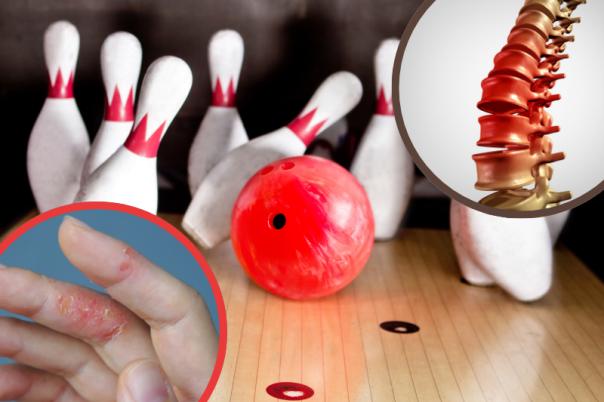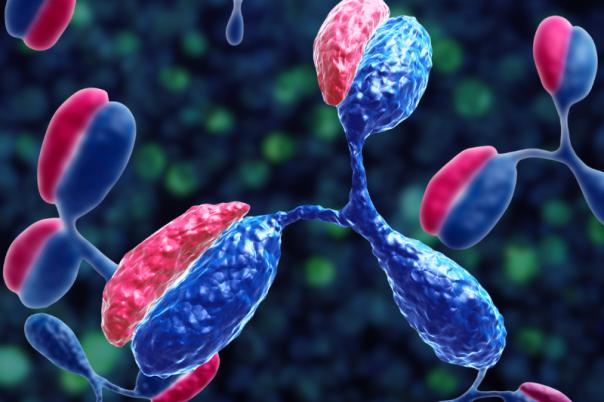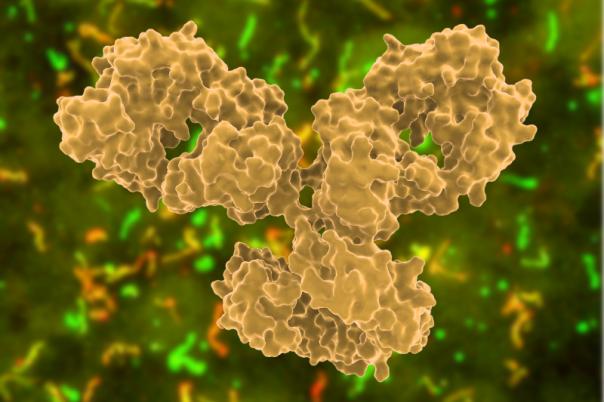Jinquan Luo’s presentation begins by taking us on a tour of antibody development over the past few decades. He first gives us an overview of the structure of antibodies: the Fab part which binds to antigens and consists of variable heavy (VH) and light (VL) chains.
Luo then refamiliarises us with the work of Bird and colleagues, who developed the single chain Fv (scFv) by linking variable domains genetically, which has gone on to be used in countless therapeutic formats.
However, despite their longevity and broad applicability, scFvs have problematic properties such as weak interactions between heavy and light chains. This has led to stability and aggregation issues, which is the issue that Luo’s talk sets out to solve.
J&J Innovative Medicine have therefore developed a so-called ‘stapling’ approach which involves creating disulfide bonds between the linker and the heavy and light chains to enhance stability and reduce aggregation. The approach owes its name to the two anchors going through the linker and into the antibody like a real staple.
Luo then takes us through the method’s impressive experimental results. Experiments showed that stapled scFvs (spFvs) have improved thermal stability and reduced aggregation compared to traditional scFvs. Furthermore, spFvs maintained functional integrity in binding studies and T cell activation assays, showing similar performance to scFvs.
Importantly, the spFv’s proved their performance in in vivo mouse studies. They demonstrated that spFvs have similar half-lives to their scFv counterparts, suggesting good therapeutic potential.
The stapling method offers a promising solution to enhance the stability and functionality of single-chain antibodies, potentially benefiting various therapeutic applications. Not only did the method improve easily measurable properties like Tm, but also aggregation, expression, and yield, all while maintaining their function. Because of the design, J&J Innovative Medicine believe that this design will work for most antibodies, if not all.




